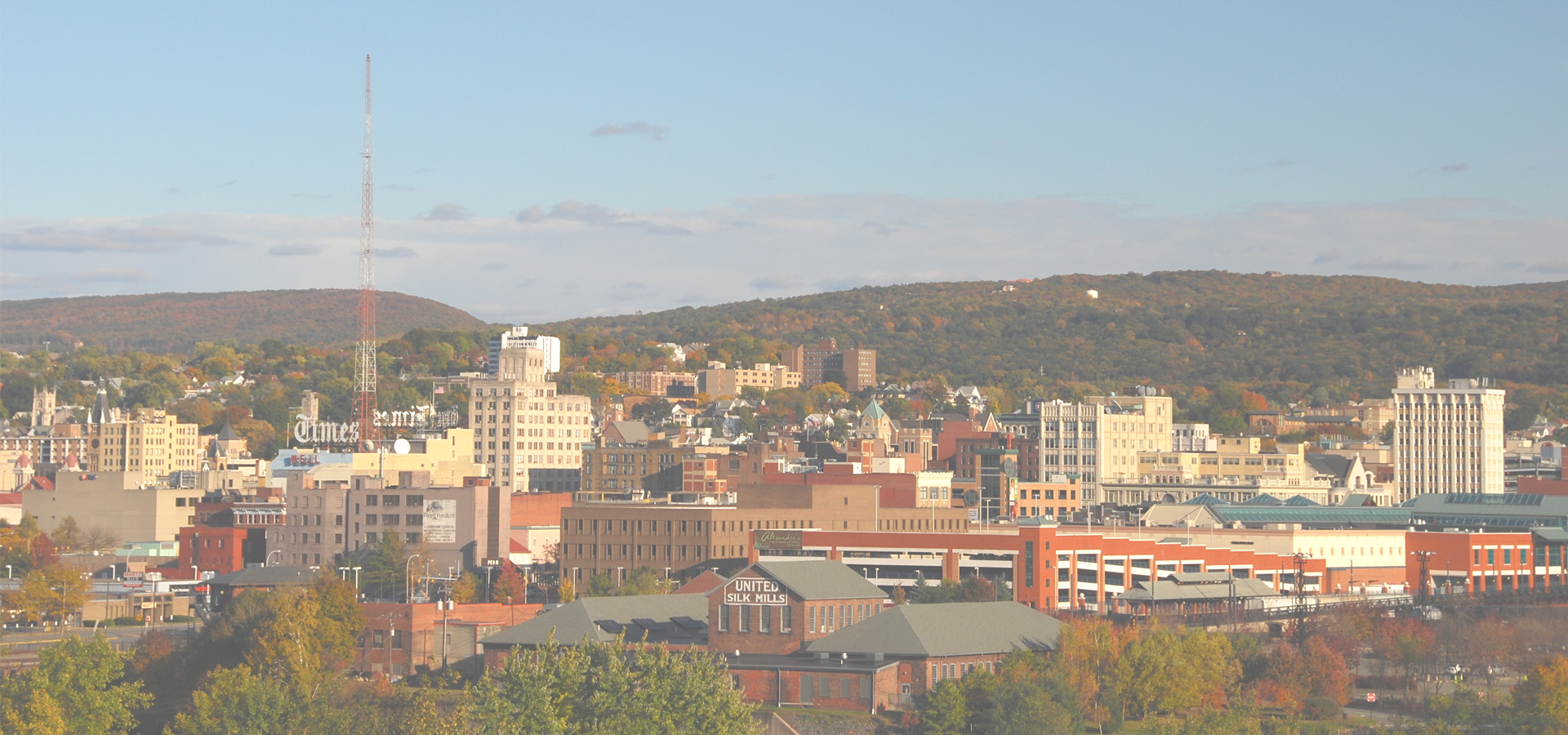Scranton, Pennsylvania, United States
🇺🇸 Scranton is the sixth-largest city in the U.S. state of Pennsylvania. It is the county seat and largest city of Lackawanna County in Northeastern Pennsylvania's Wyoming Valley. Scranton is the largest city in north-eastern Pennsylvania and the Scranton–Wilkes-Barre–Hazleton Metropolitan Statistical Area.
It hosts a federal court building for the United States District Court for the Middle District of Pennsylvania. The city is conventionally divided into nine districts: North Scranton, Southside, Westside, the Hill Section, Central City, Minooka, East Mountain, Providence and Green Ridge, though these areas do not have legal status. The city is the geographic and cultural centre of the Lackawanna River valley and Northeastern Pennsylvania, as well as the largest of the former anthracite coal mining communities in a contiguous quilt-work that also includes Wilkes-Barre, Nanticoke, Pittston and Carbondale. Scranton was incorporated on February 14, 1856, as a borough in Luzerne County and as a city on April 23, 1866. It became a major industrial city and a centre of mining and railroads; it attracted thousands of new immigrants. It was the site of the Scranton General Strike in 1877.
People in northern Luzerne County sought a new county in 1839, but the Wilkes-Barre area resisted losing its assets. Lackawanna County did not gain independent status until 1878. Under legislation allowing the issue to be voted by residents of the proposed territory, voters favored the new county by a proportion of 6 to 1, with Scranton residents providing the major support. The city was designated as the county seat when Lackawanna County was established in 1878, and a judicial district was authorized in July 1879.
The city's nickname "Electric City" began when electric lights were introduced in 1880 at the Dickson Manufacturing Company. Six years later, the United States' first streetcars powered only by electricity began operating in the city. Rev. David Spencer, a local Baptist minister, later proclaimed Scranton as the "Electric City".
The city's industrial production and population peaked in the 1930s and 1940s, fueled by demand for coal and textiles, especially during World War II. But while the national economy boomed after the war, demand for the region's coal declined as other forms of energy became more popular, which also harmed the rail industry. Foreseeing the decline, city leaders formulated the Scranton Plan in 1945 to diversify the local economy beyond coal, but the city's economy continued to decline. The Knox Mine disaster of 1959 essentially ended coal mining in the region. Scranton has large health care, academic, and manufacturing sectors.
Scranton is 76 miles (122 km) north of Allentown, 125 miles (201 km) north-north-west of Philadelphia, and 120 miles (190 km) west of New York City.
Colleges and universities The city hosts five colleges and universities: The University of Scranton, Geisinger Commonwealth School of Medicine, Johnson College, Lackawanna College, Marywood University; and one technical school, Fortis Institute. The Pennsylvania State University operates a Commonwealth Campus, Penn State Scranton, north of the city, in the borough of Dunmore. LCCC, a community college operating out of Nanticoke in Luzerne County, operates a satellite campus at The Marketplace at Steamtown. Penn Foster Career School, a distance education vocational school, is headquartered in Scranton.
Scranton, Pennsylvania, United States

Scranton was ranked #491 by the Nomad List which evaluates and ranks remote work hubs by cost, internet, fun and safety. Scranton has a population of over 77,180 people. Scranton also forms the centre of the wider Scranton-Wilkes-Barre-Hazleton metropolitan area which has a population of over 563,631 people. Scranton is ranked #641 for startups with a score of 0.243.
To set up a UBI Lab for Scranton see: https://www.ubilabnetwork.org Twitter: https://twitter.com/UBILabNetwork
Twin Towns, Sister Cities Scranton has links with:
🇷🇺 Balakovo, Russia 🇮🇪 Ballina, Ireland 🇮🇹 Caronia, Italy 🇮🇹 Guardia Lombardi, Italy 🇮🇹 Perugia, Italy 🇸🇲 San Marino, San Marino 🇸🇰 Trnava, Slovak Republic🇺🇸 South Kingstown 41.433
🇺🇸 Crown Point 41.418
Locations Near: Scranton -75.6551,41.4464
🇺🇸 Wilkes-Barre -75.881,41.245 d: 29.3
🇺🇸 Honesdale -75.25,41.567 d: 36.3
🇺🇸 Hazleton -75.979,40.961 d: 60.4
🇺🇸 Jim Thorpe -75.733,40.867 d: 64.8
🇺🇸 Stroudsburg -75.183,40.983 d: 64.9
🇺🇸 Binghamton -75.9,42.1 d: 75.5
🇺🇸 Towanda -76.433,41.767 d: 73.9
🇺🇸 Belvidere -75.073,40.83 d: 84.1
Antipodal to: Scranton 104.345,-41.446
🇦🇺 Bunbury 115.637,-33.327 d: 18671.7
🇦🇺 Mandurah 115.721,-32.529 d: 18601.8
🇦🇺 Rockingham 115.717,-32.267 d: 18580.3
🇦🇺 City of Cockburn 115.833,-32.167 d: 18564.8
🇦🇺 Vincent 115.834,-31.936 d: 18545.4
🇦🇺 Perth 115.857,-31.953 d: 18545.4
🇦🇺 Albany 117.867,-35.017 d: 18636.9
🇦🇺 Wanneroo 115.803,-31.747 d: 18531.3